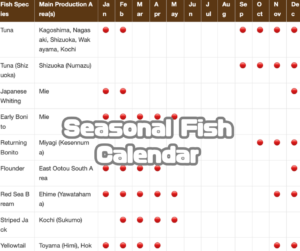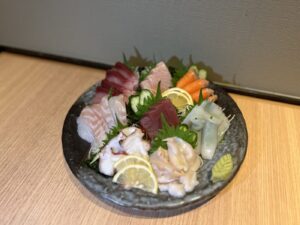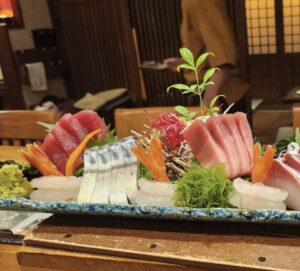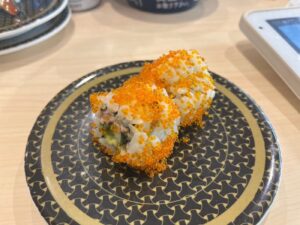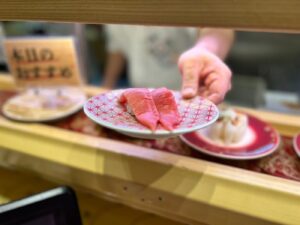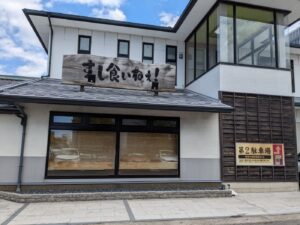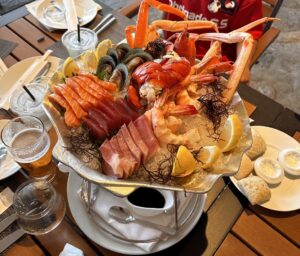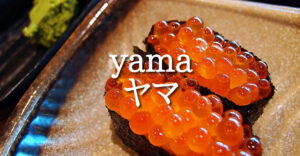What does the term “arajikomi” used at a sushi restaurant mean?
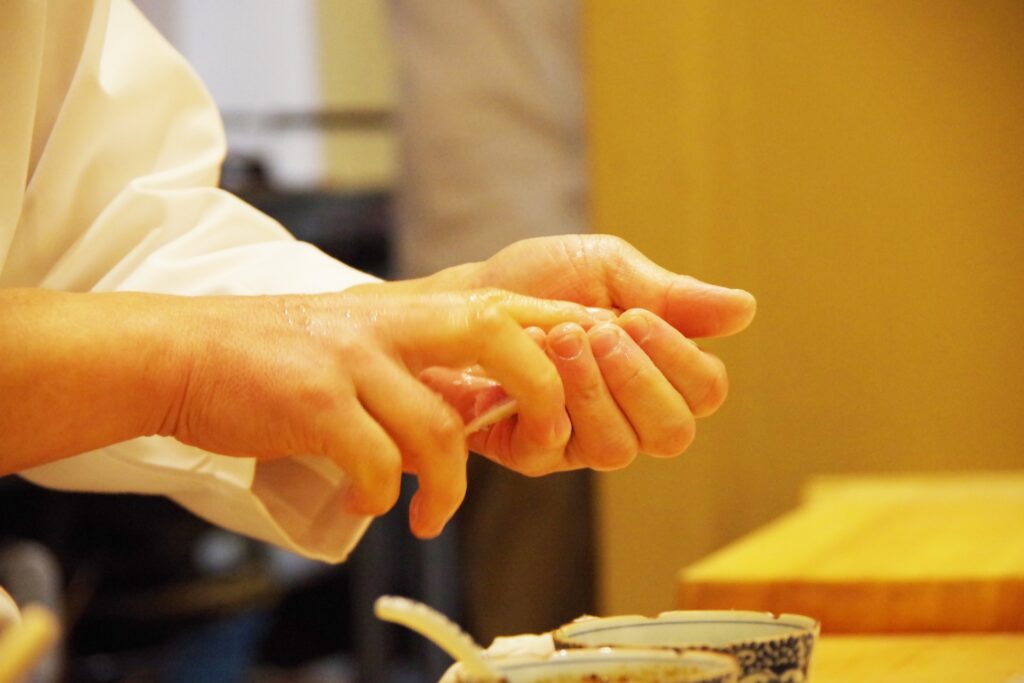
This time, I would like to introduce the term “arajikomi” used at sushi restaurants.
Arajikomi is the process of processing ingredients.
Arajikomi refers to preparing ingredients to a certain degree so that they can be used. Once the ingredients have been prepared, it is called “Nakajikomi.”
The preparation methods that sushi chefs perform vary depending on the fish, but there are many tasks that they must complete, such as handling, vinegar tightening, making simmered fish, and inserting a knife into the fish. Another important job is to cook the rice, season it with vinegar and other seasonings, and prepare it as shari (vinegared rice).
Why do sushi restaurants use slang?
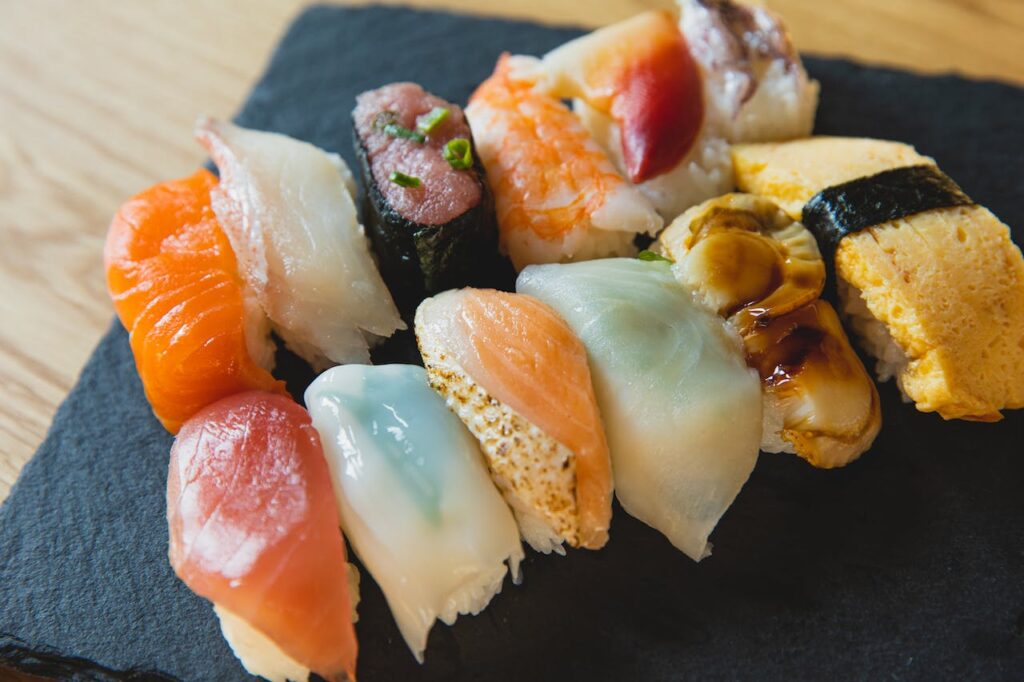
At sushi restaurants with counters, the chefs and customers are often close to each other, so conversations between employees may become transparent to customers. Therefore, it is said that secret words are used to inform other employees that customers do not understand.
Also, the small space of a sushi restaurant requires orders to be communicated quickly. There is also a theory that people use slang because using slang words that convey the meaning in short words allows for quick and reliable communication.
It is common for sushi restaurant chefs to use a variety of slang words, but the specific words and content may vary depending on the sushi restaurant or region.
Sushi restaurant industry terminology
Various sushi words are used at sushi restaurants. Here is an example.
- Shari :About sushi rice. It comes from the Buddha’s ashes (Buddha’s remains).
- Agari: About tea. Originally, “Agari” meant “the end” in the Hanayagi world, and it is also used at sushi restaurants because tea is drunk at the end of a meal.
- Gari: Ginger. It comes from the crunchy sound “garigari”.
- Aniki,otouto:Aniki is a word that refers to ingredients that have been purchased or prepared in advance. Ingredients purchased later are expressed as “otouto”. Aniki is a Japanese word that means older brother. Otouto means younger brother. This seems to indicate the order of the ingredients.
- Murasaki(purple): Soy sauce. It is so called because the soy sauce looks purple.
- Oaiiso: About accounting. It is also used in other restaurants. It seems to have come from the expression “guests leaving” = “having been treated with affection.”
- Namida(tears):About wasabi. It comes from the fact that if you listen too much, you will cry.
Most of the terms used at sushi restaurants are slang terms used by the restaurant staff, so it is generally better for customers not to use them. However, if you know about it, you will be able to understand the content of the conversation between the chefs behind the counter, and you may enjoy your meal even more. If you are interested, why not look up other terms?


